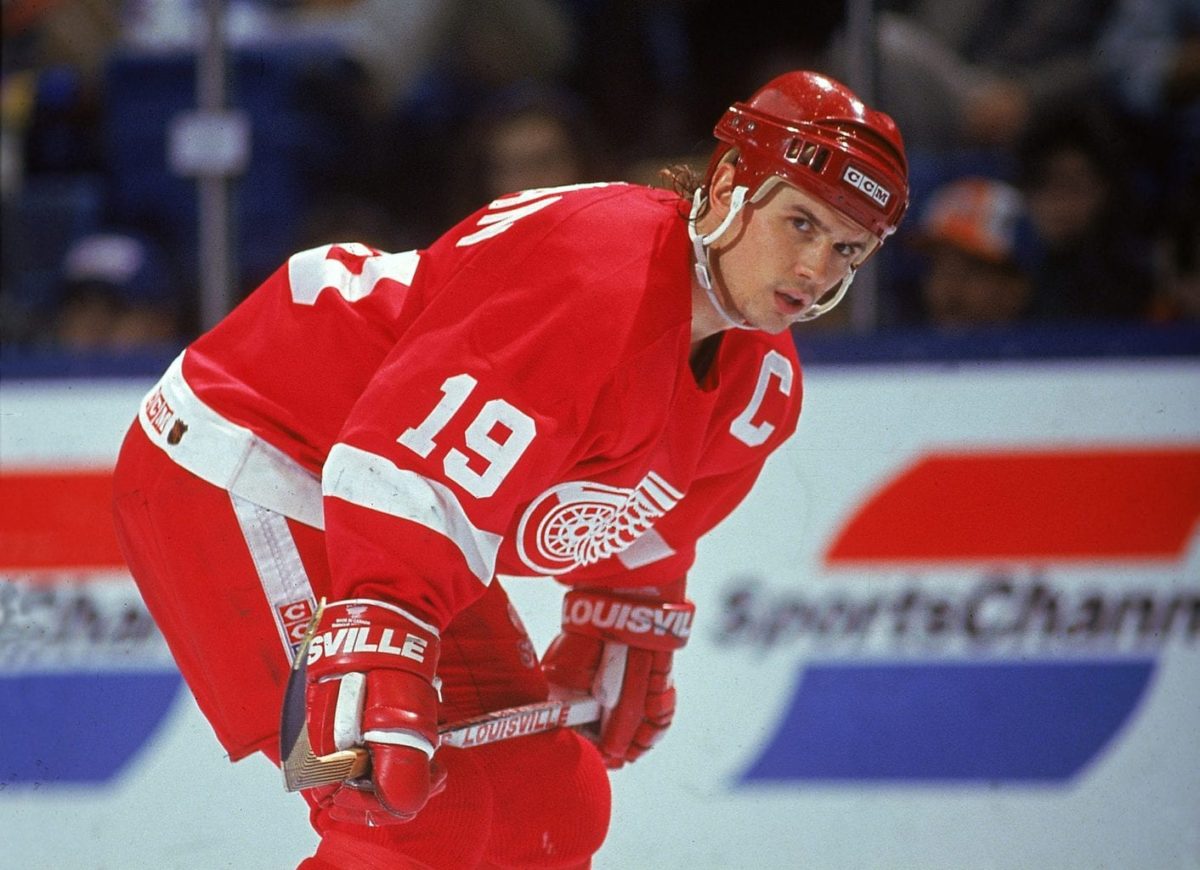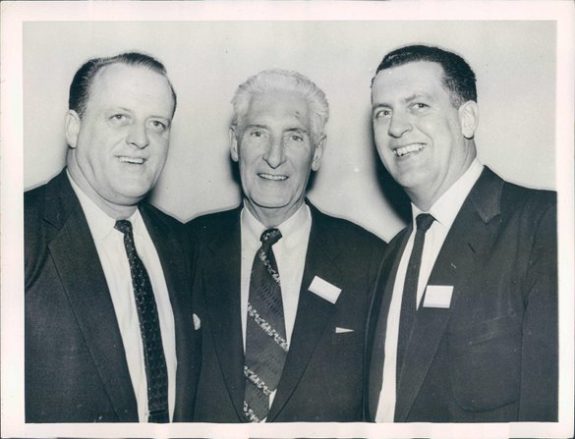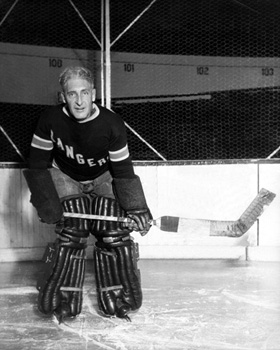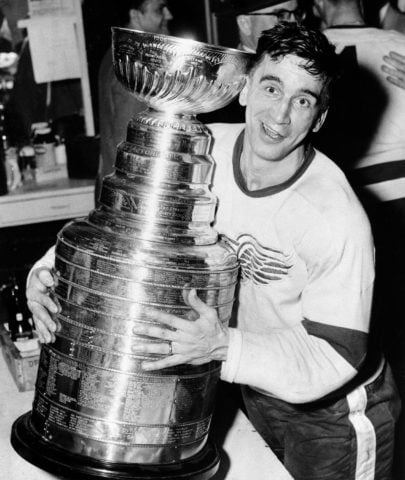Inspired by American broadcaster Keith Olbermann, earlier this month I embarked on a quest to uncover the true nature of the National Hockey League’s ‘Original Six’. During the course of my investigation, I found that the Chicago Blackhawks were not a new franchise when they were founded in 1926, but instead were relocated from Portland, where they had been known as the Rosebuds. The same thing happened with the Detroit Red Wings, too.

Another of the NHL’s iconic franchises, the 11-time Stanley Cup champion Red Wings were “founded” in 1926 and began to achieve success in the mid-1940s with the arrival of Gordie “Mr. Hockey” Howe, the greatest Detroit Red Wing of all time and at the top of many lists of best players in league history. However, the history of the Winged Wheel goes back much further than that. Like the Blackhawks, the first Detroit Red Wings team traced its history back to the old Pacific Coast Hockey Association and the city of Victoria, British Columbia.
Cougar Town
The Victoria franchise was first founded in 1911 as the Victoria Senators and in 1913 became known as the Aristocrats. The PCHA and the Victoria franchise (later known as the Cougars) were founded as a passion project by Lester and Frank Patrick, and the Cougars quickly became one of the best teams in the new league. In their first three seasons, they finished as league champions twice. The Victoria club holds the special distinction of being among the first to play an ice hockey game on an artificial surface, which the Patrick brothers had built personally for the franchises in both Victoria and Vancouver.

The Patricks founded the PCHA in part out of their desire to disrupt the monopoly that the National Hockey Association (NHA) had on the professional game in Canada. The Cougars became the league’s best team in part because of the ability of the brothers to secure the best players in the country by offering them higher salaries than previous teams or leagues did.
Back and Forth
The 1913-14 season was the beginning of an up-and-down period in Cougars’ history. Still known as the Victoria Aristocrats, they finished as PCHA champions with 10 wins and 5 losses. They challenged the Toronto Blueshirts for the Stanley Cup, ultimately losing three straight games. The series was mired in controversy from the start, as the trustees of the Stanley Cup did not consider Victoria an official challenger. According to the trustees, Patrick and the other team functionaries neglected to inform them of their intention to compete for the Cup, resulting in a series which was played exclusively at Arena Gardens in Toronto.

The loss in the Stanley Cup Final to Toronto in 1913-14 signalled a five-year period of aggressive mediocrity for the Victoria franchise. In the next five seasons, they failed to win double-digit games, even finishing with a lowly five victories in 1915-16. The Victoria club did not finish with a record above .500 again until the 1922-23 season, by which point they were known permanently as the Cougars.
The Cougars’ Cup
In 1924-25, the Cougars again finished with the best record in the league (since renamed the Western Canada Hockey League – WCHL). In the WCHL playoffs, they faced off against the Saskatoon Crescents in a two-game series decided on goal differential, The Cougars dispatched the Crescents by a margin of six goals to four, and saw off the Calgary Tigers the following round, three goals to one.
In the Stanley Cup Final, they faced the powerhouse Montréal Canadiens of the National Hockey League. Perhaps surprisingly, the Cougars scored convincing victories in Game 1 (5-2) and Game 4 (6-1). Adding a 3-1 victory in Game 2 helped them capture Lord Stanley’s Mug in four games.
The Cougars’ goaltender, Hap Holmes, held back powerful Habs scorer Howie Morenz and posted a 2.00 goals against average in the Final. Lester Patrick won another of his six Stanley Cups. Frank Fredrickson and Haldor Halderson became the first players to win both an Olympic gold medal and the Stanley Cup. With the title in 1925, the Cougars became the last non-NHL team to win the Stanley Cup, as the WCHL folded the next season.
Birth of the Winged Wheel
In 1925-26, with the closure of the league imminent, an ownership group looking to bring a professional club to Detroit purchased the defending Stanley Cup champion Cougars and had them relocated. They operated as the Detroit Cougars for the next six seasons, before changing their name to the Red Wings in 1932. What came after is the story of one of professional hockey’s greatest-ever franchises and a lasting legacy of champions. Like the Chicago Blackhawks, the Detroit Red Wings franchise possessed a vibrant and colourful history before settling down in their current spot.

The Detroit Red Wings and their 11 Stanley Cups remain one of hockey’s great franchises and launched the careers of great players like Gordie Howe, Ted Lindsay, and Steve Yzerman. The franchise’s history prior to arriving in Detroit in 1926 has largely been ignored, but is worth retelling, considering the role that some of hockey’s greatest pioneers had in turning them into an early success.